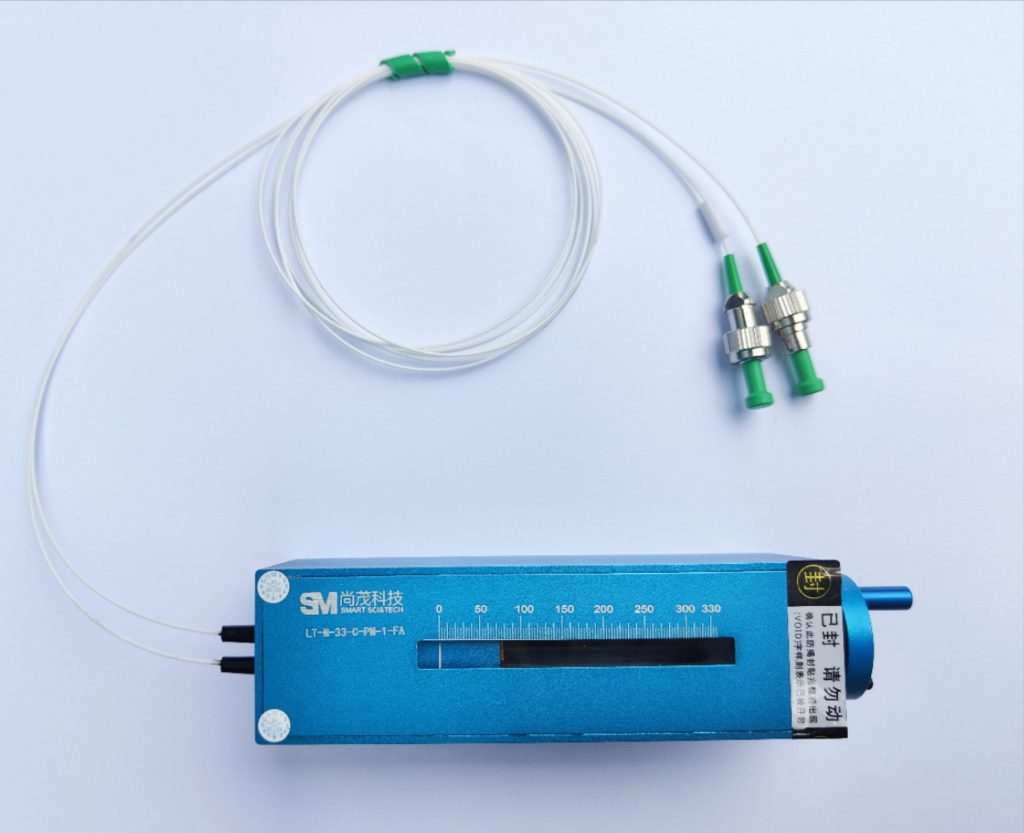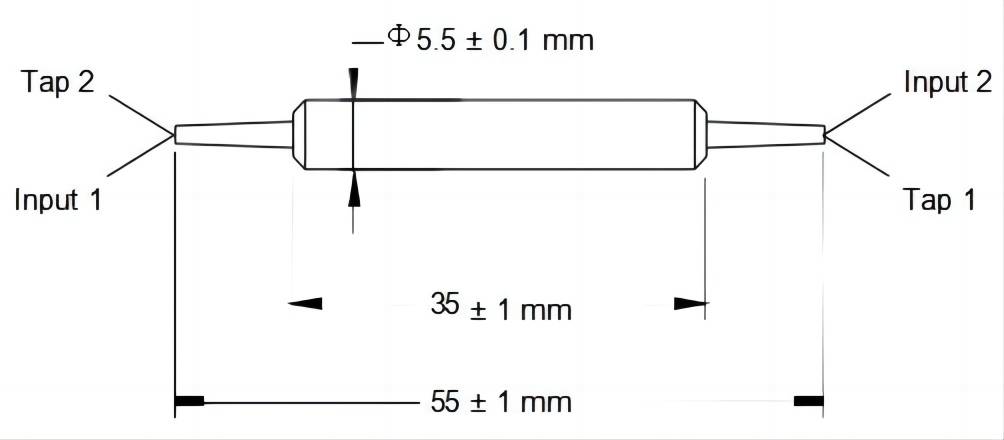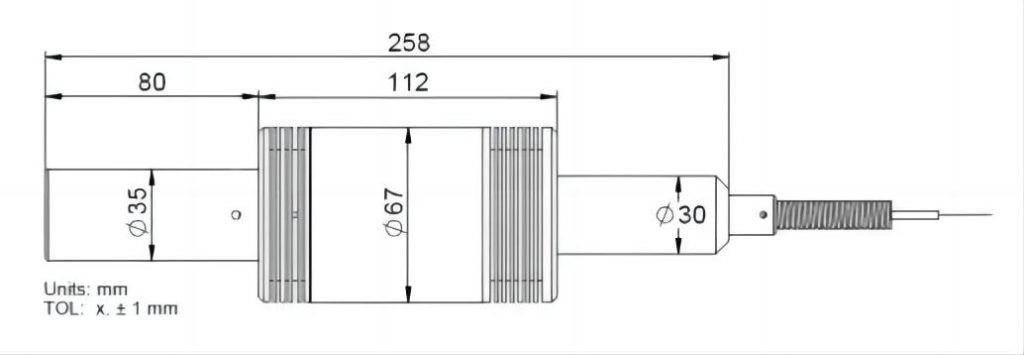What Is TCO Of Optical Delay Lines?
Have you ever encountered this situation? When buying equipment, you aim for low prices. However, as you use it, you find that the maintenance and upgrade costs are shockingly high. In the end, when you do the math, you end up losing a lot.
The selection of optical delay lines is same. Today, let’s talk about the total cost of ownership (TCO) of optical delay lines and take you through every expense from procurement to scrapping.
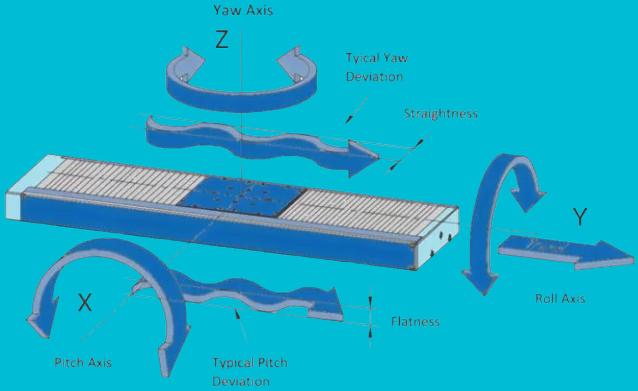
Why Is TCO More Important Than The Purchase Price?
When choosing optical delay lines, many enterprises and research teams only focus on the purchase price, believing that “the cheaper, the better”. But in fact, low-price purchasing is often a trap. For instance, a certain research institution bought a mechanical delay line to save money. However, after three years, the maintenance cost was twice as high as the purchase price of the equipment! This is the consequence of only looking at the surface price and ignoring the full life cycle cost.
Total cost of ownership (TCO) is not merely the purchase price of equipment; it also encompasses usage cost, maintenance cost, upgrade cost, and even the final scrapping cost. Only by considering from the perspective of the entire cycle can truly cost-effective decisions be made.
“Sunk Cost” Caused By Incorrect Selection Of Optical Delay Line
1. The correlation between the technical route and TCO
There are various technical routes for optical delay lines, including mechanical displacement type, acousto-optic type and optical fiber stretching type. The cost differences among them are not small. In simple terms, the procurement cost of mechanical displacement delay lines is moderately high, but they have the advantage of a long service life, which can be used for 5 to 8 years. However, regular maintenance is required. The audio-visual delay line has high precision, but it is expensive and has a lifespan of only 3 to 5 years. The fiber optic stretching type is the cheapest, but it has a shorter lifespan and requires more frequent maintenance.
Here is a table for everyone to visually compare the typical TCO of the three technical routes over five years:
| Technical type | Procurement cost | Maintenance frequency | Life cycle | Typical TCO (5 years) |
| Mechanical micro-motion platform | Medium to high | Quarterly | 5 to 8 years | 20,000-35,000 |
| Sound and light tuning mode | high | Annual | Three to five years | 30,000-50,000 |
| Optical fiber stretching type | low | Monthly | 2 to 4 years | 10,000-20,000 |
One point that many users tend to overlook is that the demand for delay accuracy is linked to the cost. If scientific-grade picosecond delay lines are used to meet industrial nanosecond-level demands, the procurement cost may increase by 40%, which is completely unnecessary.
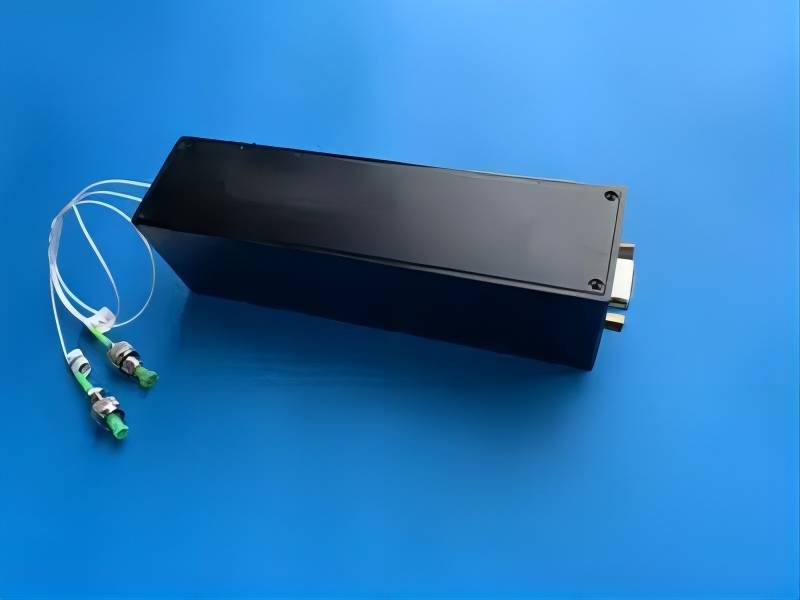
2. Scenario adaptability cost prediction
Different application scenarios have different requirements for optical delay lines, which will also affect the cost. For example, in the field of communication, it is often necessary for multiple channels to work synchronously. This requires an additional calibration module, which will increase the cost by 15% of the equipment purchase price. In the field of scientific research, if it is to be used in extremely low-temperature environments, a temperature control solution needs to be customized, which will increase the cost by 20% to 30%. Therefore, when making a selection, it is essential to combine the actual application scenarios and predict these additional costs in advance.
Explicit Costs And Implicit Traps
1. Explicit cost list
When purchasing optical delay lines, some costs are visible on the surface:
- Equipment unit price: This is the most intuitive cost, which also includes basic accessories such as optical fiber adapters and control cables.
- Transportation and tariffs: If the purchase is made from overseas, this part of the cost can be considerable, usually increasing by an additional 10% to 20%.
- Installation and commissioning service fee: Manufacturers usually charge 5% to 10% of the equipment price for installation and commissioning. Don’t underestimate this sum of money; it can add up to a considerable expense over time.
2. Hidden cost early warning
In addition to explicit costs, there are also some implicit costs that are easily overlooked:
- Minimum order quantity premium: If small-batch customization is required, such as less than 5 units, the unit price may increase by 50% compared to standard products. Once, a manufacturer quoted a price of 2.3 times that of the standard product for three custom-made delay cords. The gap was really huge.
- Technical support is charged at different levels: Some manufacturers’ technical support is not free. Basic support is free, but if it involves advanced debugging, such as femtosecond calibration, it is charged by the hour, ranging from 150 to 300 US dollars per hour.
The Overlooked Daily Costs
Just because the equipment has been purchased doesn’t mean the cost is fixed. During the deployment and usage process, there are still some costs that will gradually “devour” your budget.
1. Energy consumption and space cost
Different types of optical delay lines have different energy consumption and space occupation. The mechanical delay line, due to its stepper motor and temperature control system, consumes approximately 800kWh of electricity annually, resulting in an electricity bill of around 120 US dollars. The audio-visual delay line needs to be placed in a constant temperature box, occupying 1U of cabinet space. If it is hosted in a data center, it will cost another 500 US dollars every year. These expenses may seem insignificant, but they can be considerable when accumulated over time.
2. Human resources and training costs
If the software that comes with the device is not standard and additional training is required, it will be another expense. The training course on third-party control software lasts for two days and costs 800 US dollars per person. Moreover, the debugging of optical path coupling also tests the experience of engineers. A junior engineer may need 4 hours to debug one device, while a senior engineer only needs 1.5 hours. The labor cost difference is 2.6 times. Therefore, the training and selection of engineers in the early stage are also very important.
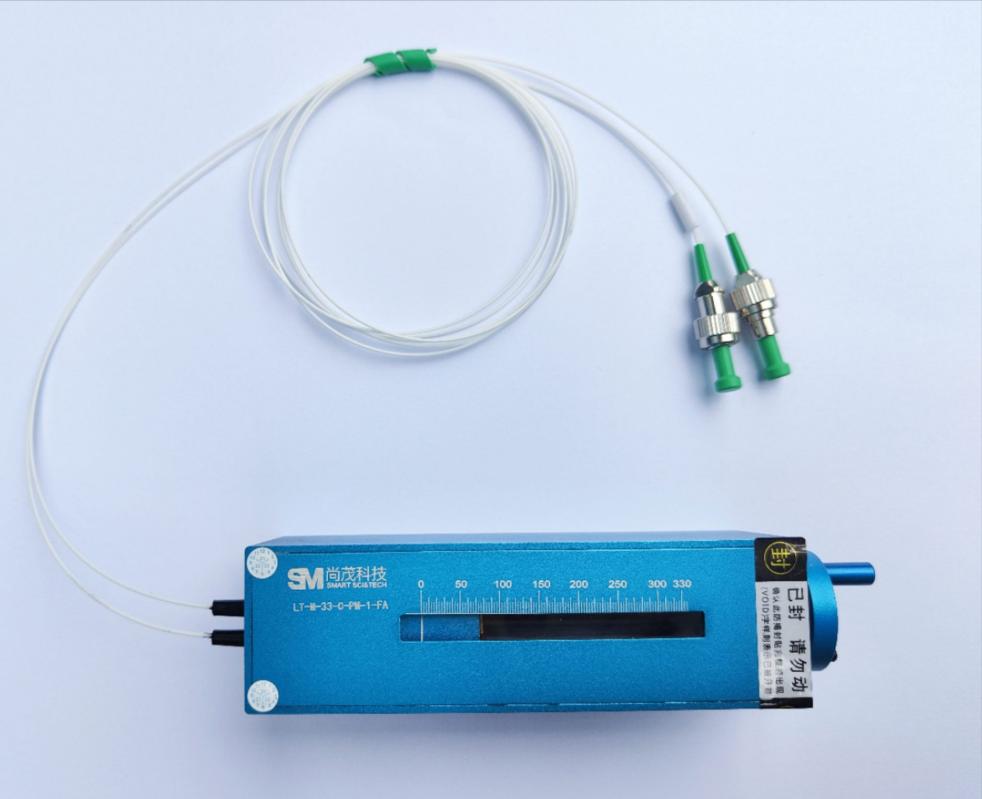
Upgrading And Elimination: The Cost Of Technological Iteration
With the development of technology, optical delay lines may need to be upgraded or phased out when they reach the end of their service life, which will incur new costs.
1. Hardware upgrade cost
Interface upgrade is a common thing. For example, upgrading from USB 2.0 to USB 3.2 not only requires replacing the control board, which costs $800, but also repurchasing the software license, and 500 US dollars is gone. If performance is to be enhanced by upgrading the nanosecond-level delay line to the picosecond level, the cost of equipment replacement may account for 60% of the original TCO, which is no small sum.
2. Scrap disposal cost
Even when the optical delay line reaches the scrapping stage, it cannot be discarded casually. If the equipment contains heavy metal components, such as certain magnetic and optical materials, professional and environmentally friendly disassembly is required, with a cost of 200 to 500 US dollars per unit. If it is a military-grade delay line, physical destruction is required for data security when it is scrapped, and an additional cost of $1,000 will be incurred for each unit.
Final Thoughts
When choosing a light delay line, one should not only consider the purchase price but also take into account the cost throughout the entire life cycle. Nowadays, many manufacturers have launched “TCO all-inclusive services”. Although the unit price of the equipment may be 10% higher than that of ordinary products, when considering subsequent maintenance, upgrade and other costs, the actual TCO can be reduced by 20%. Therefore, it is suggested that everyone change their mindset and shift from “buying equipment” to “buying services”. Only in this way can costs be truly saved and a better user experience be achieved.
Hope this article can help you calculate the cost of optical delay lines clearly, so that you won’t be confused when making decisions next time!

